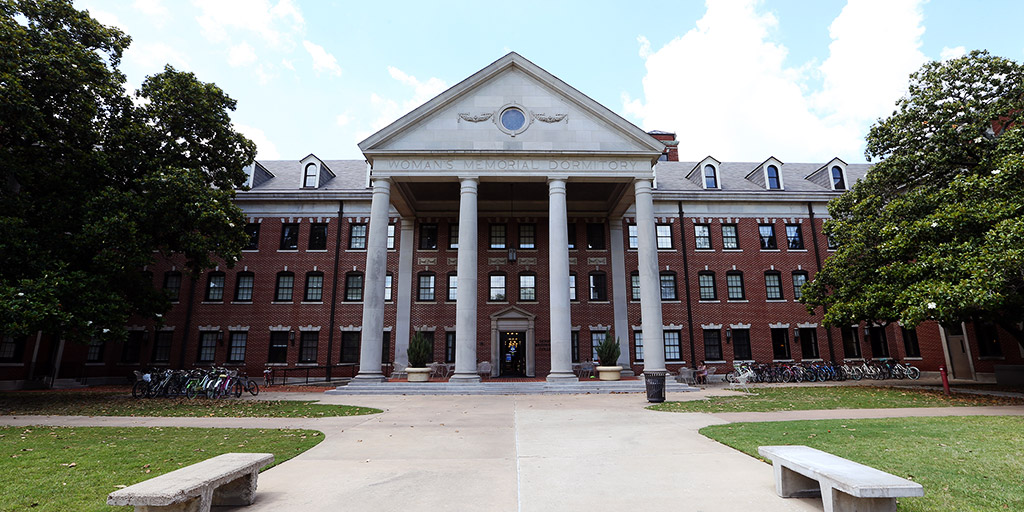Happy 85th birthday, Memorial Hall!

Interest in a Baylor education has never been higher, and that has led to the largest student bodies in Baylor history. That, in turn, has caused the university to both build new residential halls (like North Village, Brooks Village and East Village) and to update existing halls.
But this isn’t the first time Baylor has had this (very welcome) problem. The 1920s was also an incredible time of improvement and expansion at Baylor. During a time when women had extremely limited rights, Baylor was considered forward-thinking and modern for being co-educational. And as “horseless carriages” made transportation across distances easier, Baylor’s Central Texas location made it accessible to students from around the state. In a 10-year span, enrollment rose 24 percent — not much lower than the 32 percent increase from 2005-15.
After having to decline admission to prospective female students simply because of a lack of space, President Samuel Palmer Brooks began pushing for a new residence hall for women. The Women’s Missionary Union pledged its support in terms of fundraising and planning, ultimately allowing for a budget of $350,000. The groundbreaking ceremony was held Oct. 11, 1928, and featured an address by Dorothy Scarborough, a noted Baylor alumna who then was a well-regarded writer in New York. The residence hall opened two years later, with its official dedication ceremony held Oct. 15, 1930; the Lariat‘s headline that day called it “the South’s finest dormitory.”
Today, Memorial Hall is still a tightly-knit, academically focused community of women. Home to female Honors College students, the residence hall is deeply rooted in the Honors Residential College motto “fides quaerens intellectum” (faith seeking understanding).
Sic ’em, Memorial!

